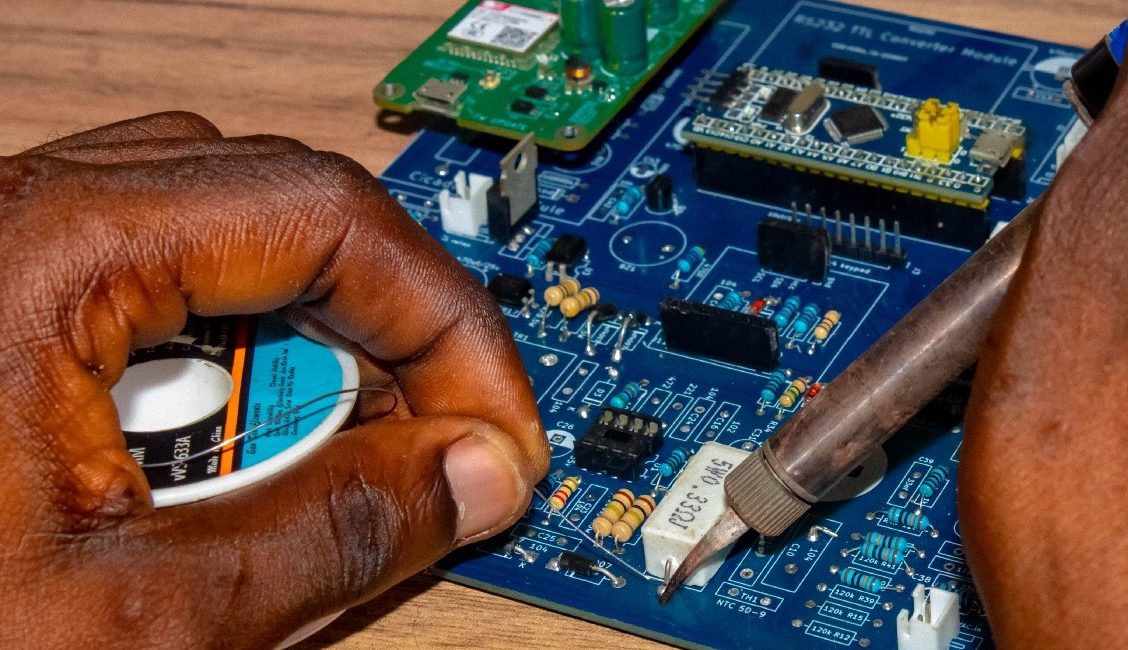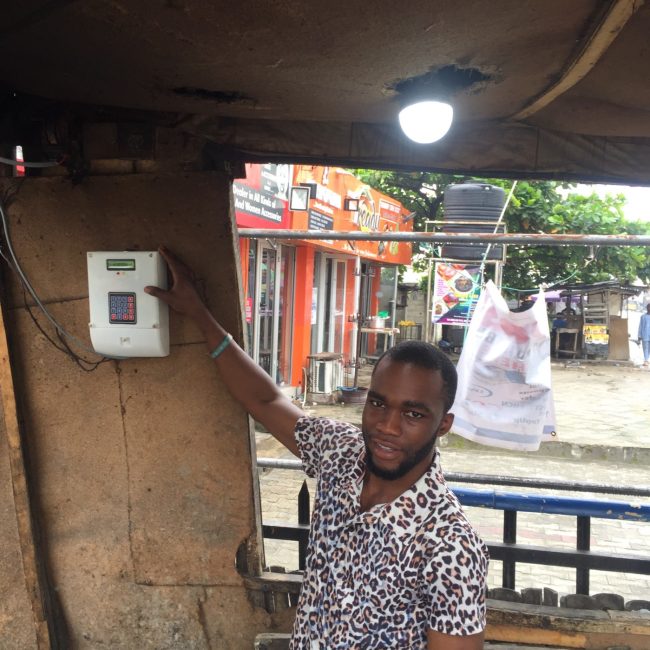Written by Daniel Komolafe, CEO & Founder | First Electric
Written by Daniel Komolafe, CEO & Founder | First Electric
According to a report published by the BCG and AllOn, 85 million (43%) Nigerians do not have access to grid-connected electricity. This represents about 15 million households and makes Nigeria the country with the largest energy access deficit in the world. At the current electrification rate, leveraging conventional power solutions alone, ~30% of Nigeria’s population will still be without electricity by 2030; resulting in a failure to achieve the government’s ambitions of ensuring access to sustainable and reliable energy for the whole population (in line with UN SDG 7) and Nigeria’s Energy Transition Plan.
One of the key barriers to rapid expansion and investment in the energy access market has been the affordability of solar solutions. With the average per capita income in Nigeria of $2,000 per annum, buying solar equipment capable of supporting Productive Use Equipment (PUE) is out of reach for most citizens.
As a solar energy solution provider, we have experienced firsthand the challenges of affordability of solar energy systems sufficient for the 21st century households and small & medium sized enterprises (SMEs). This demographic of users needs solar systems in the range of 1–10kW and these types of systems cost between $900- $10,000. Most homes and small businesses in Nigeria cannot afford such upfront investment and banks are skeptical to finance those transactions because of the high rate of default. First Electric embarked on an ideation process to come up with a solution that could reduce the financial barrier of a solar solution but at the same time provides revenue assurance to solar developers and investors. We concluded that Energy as a Service (EaaS), if properly executed, was the right solution. Under this model, the solar solution provider maintains ownership of the solar equipment and charges customers per kWh for exactly what they consume. For this solution to work effectively, we needed an inexpensive and OEM agnostic GSM prepaid smart energy meter which is connected to our network and can easily be topped up online or via our mobile app. This way, we assure better revenue assurance and security for lenders to finance more solar equipment.
Mainstream meters such as Stemaco and SPARKMETER were found to be rather expensive and better suited to large developers for mini grid applications where many meters are to be deployed in one site. We needed a smart meter that was affordable and could be deployed one unit at a time. This is important particularly in urban areas that already have a level of grid connectivity; being able to deploy solar solutions to an individual customer or a cluster of customers without having to worry about minimum viable order quantity brings much needed flexibility.
Our smart meter is Open Source. It was important for us to develop a solution that could be used and widely adopted by solar developers in Nigeria, and the open source philosophy allowed for immediate input from stakeholders. While we were building the meter, the feedback we collected helped ensure that what we built was actually required by the market.
Solving the energy deficit problem in Nigeria requires joint effort, so we approached EnAccess, a funder of open innovation in energy access, with the idea. which was subsequently validated by key players within the solar off-grid space. Through EnAccess we were also able to leverage existing open source projects such as Cicada (an open source, IOT connectivity hardware solution created by Okra Solar). Once our project got approved, it was time to get to work.
Our open-source smart meter development has four main parts:
1. Circuit and Enclosure Design — The circuit was designed on Kicad free and open-source PCB design software while the enclosure design was done using Fusion 360 software.
2. PCB and Enclosure fabrication — PCB fabrication involves putting together the physical components that make up the smart meter. The PCB features a 2-layer design incorporating CICADA GSM module for communication while the enclosure offers a minimalistic IP 51 design according to IEC metering enclosure design standard.
3. Firmware, Web interface Development & API integration — The firmware code was written in Arduino IDE using C++, while the web front end was written majorly in HTML and CSS while the back end was written majorly in PHP. Thingsboard API was used to view meter parameters such as energy and credit.
4. Calibration & Testing– After putting the hardware and software together, we needed to validate the performance of the smart meter and ascertain its accuracy. Due to varying tolerances of used components, it is vital to perform a calibration exercise. This is used to correct any errors due to varying tolerances. Further details including source code, schematics, and manufacturing files can be found in the EnAccess GitHub repository.



Following the successful testing and calibration of the meter, it was important to get market and customer validation and observe user interaction with the smart meter. We approached Mr. Gabriel Akwaowo, owner of Spices Grill Shawarma in Langbasa Ajah, Lagos about the possibility of deploying our solution in his shop. While he was skeptical, he obliged since he was also looking for ways to reduce his generator fuel expenses. We installed a 4kWp Solar Array with a 5kW Inverter and 5kWh battery storage which was sufficient to provide enough electricity for lighting and grilling. The installation of the meter was relatively straightforward with input power cables going in at the right side of the meter and output cables to the load going out of the meter. We also installed a 32A overload output breaker for protection.
Once powered up, the meter LCD came on, but power was not supplied to the load. Mr. Gabriel needed to recharge the meter to use the solar electricity. The meter was topped-up from our website and the power supply to the load was activated. The customer was very pleased with the result and was particularly surprised that solar power was sufficient to power his grilling machine and he is able to monitor his power consumption and remaining credit remotely. Mr. Gabriel now enjoys a noise-free and smoke free environment to prepare his delicious “solar-enabled” shawarma and he now makes more profit as the petrol and generator maintenance expenses have been eliminated.
The news of our success spread rapidly within the community, and we now have a waiting list of more than 500 customers requesting we deploy energy as a service for them. Due to financial constraints we can only deploy to a fraction of the customers on our waiting list, but over the next few months we plan to open our seed funding round to expand this solution to more customers across Nigeria.
First Electric designed and built the Open Smart Meter to solve a problem that affects most solar developers in the industry. With the support of EnAccess we have been able to develop an inexpensive Smart Meter which meets IEC and key elements of the local regulations. We are very pleased to have embarked on this and we look forward to commercially rolling out Energy as a Service solutions using these meter designs. We also look forward to collaborating with other solar developers and stakeholders to achieve similar objectives.
For more information, please contact us at info@firstelectricco.com or through the form on enaccess.org/smartmeter.